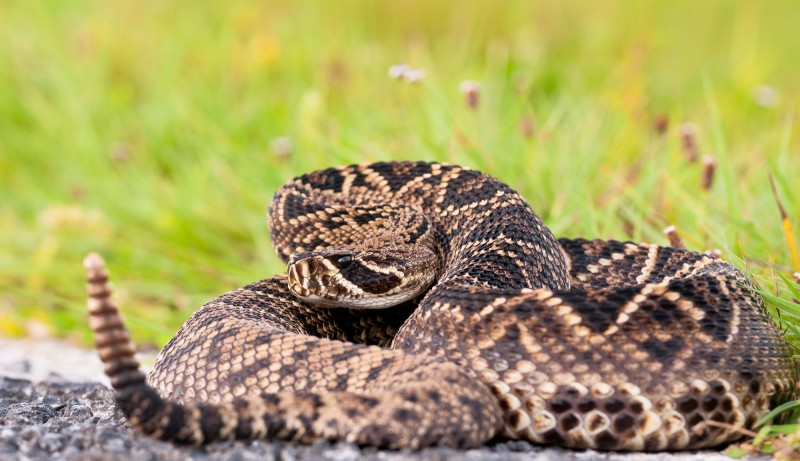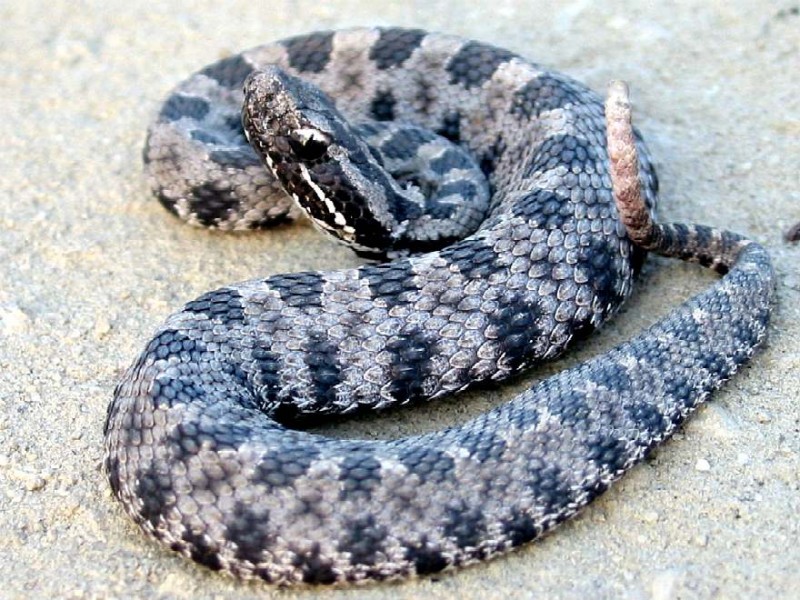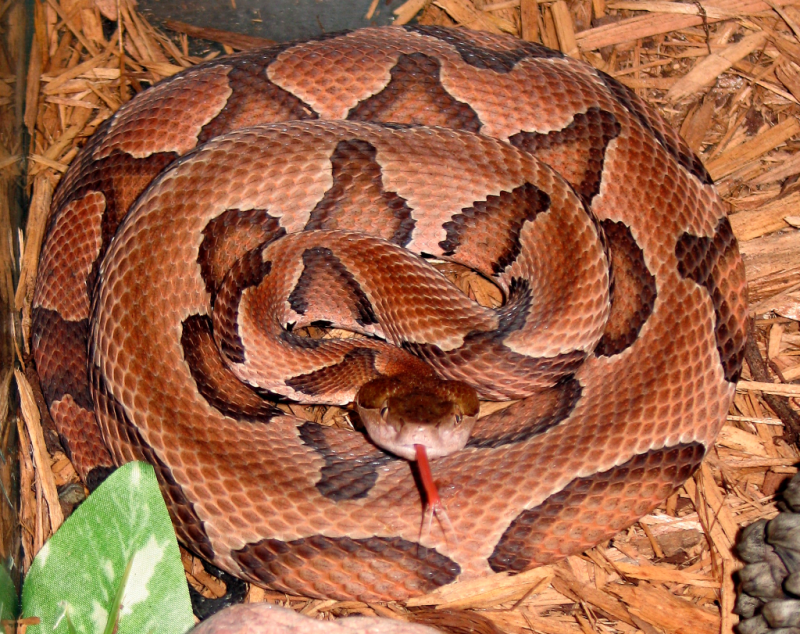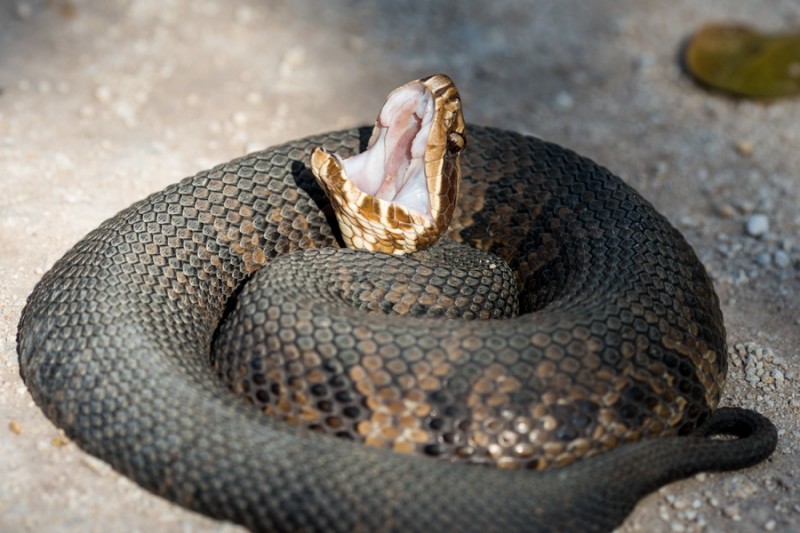 In Alabama, you may encounter deer, wild turkeys, rabbits, squirrels, and coyotes. Another species of wildlife that you may encounter in the forest is snakes. The ability to identify snakes while in the forest…venomous, nonvenomous, and endangered snakes…is important. Snakes are helpful to humans and are a part of our natural environment. It is important that you learn to distinguish venomous and nonvenomous snakes. Approximately forty species of snakes live in Alabama, but only six of these are venomous. There are several general rules that are useful in field identification.
In Alabama, you may encounter deer, wild turkeys, rabbits, squirrels, and coyotes. Another species of wildlife that you may encounter in the forest is snakes. The ability to identify snakes while in the forest…venomous, nonvenomous, and endangered snakes…is important. Snakes are helpful to humans and are a part of our natural environment. It is important that you learn to distinguish venomous and nonvenomous snakes. Approximately forty species of snakes live in Alabama, but only six of these are venomous. There are several general rules that are useful in field identification.
The following are brief descriptions that identify the characteristics and habitat of Alabama’s venomous snakes.
An extremely large, heavy-bodied snake, capable of attaining a length of about 8 feet. The diamondback likes the relatively dry pine flatwoods and longleaf pine turkey oak hills of southern Alabama. Diamondbacks feed on mice, rats, and rabbits, and less frequently on squirrels and birds.
A large, heavy-bodied snake that may attain a length of more than 7 feet. The species may be found in most of Alabama. It is most common in sparsely settled, forested areas. The timber rattlesnake feeds on a variety of small rodents and, infrequently, on ground-dwelling birds.
A small snake, with a maximum length of 30 inches. Distributed throughout the state, it is seldom encountered except during late summer. The small rattle can scarcely be heard farther than 3 feet away. The pygmy rattlesnake feeds on mice, lizards, frogs, insects, and spiders.
A medium-sized snake, with a maximum length of slightly more than 4 feet. It is distributed throughout the state, but is scarce in parts of extreme southern Alabama. Color patterns are highly variable, but the basic color is tan to brown with darker crossbands. Above the coastal plain, the copperhead prefers forested areas with rocky bluffs and ravines. In the coastal plain, it prefers floodplains, swamp edges, and hilly hardwood areas. Abandoned farms also provide ideal habitat conditions. The copperhead’s diet consists of small mammals, frogs, lizards, and insects.
A large, heavy-bodied, aquatic snake. In Alabama, the cottonmouth may attain a maximum length of about 5 feet. Adults are variable in color, ranging from a solid dark gray to blackish-tan with brown bands. Young cottonmouths are tan with conspicuous bands. The cottonmouth lives in waters statewide. Its diet includes insects, snails, fish, frogs, baby alligators, lizards, turtles, snakes, bird eggs, small mammals, and carrion. There are seven species of harmless water snakes often mistaken for cottonmouths.
A slender snake with a maximum size of about 3 feet. The top of the head and nose are black. The typical body markings are complete bands of alternating red and black, separated by narrow yellow rings. The snake is found mostly in the lower coastal plain. Coral snakes spend much of their time underground in loose soils. They will bite readily when restrained and they have a habit of “balling the tail” and waving it around. This habit may cause the handler to mistake the tail for the head. The coral snake’s venom is conducted through a pair of short, erect, grooved fangs near the front of the upper jaw. The best practice is to leave coral snakes alone and under no circumstances handle them – the bite can be deadly.
Take Care and know your snakes.








